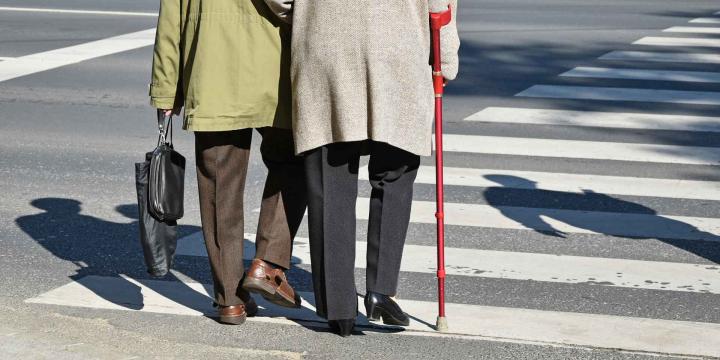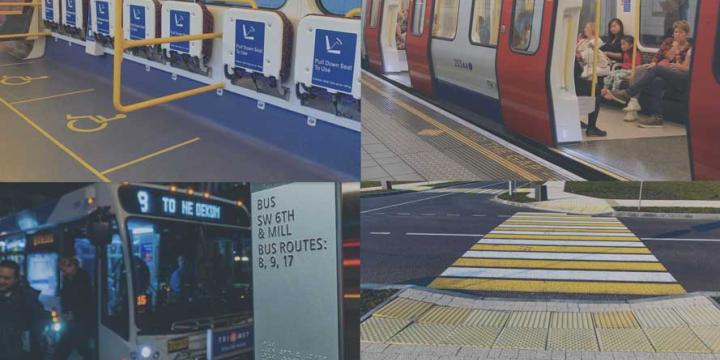Course Info
7 video lessons (79 Mins)
Published
2025Trending
-
4.42
Preview Course
Browse Course Chapters
-
1.Why Walkability?
3 mins
-
2.My Path to Walkability
13 mins
-
3.Economic Imperatives
7 mins
-
4.Environmental Imperatives
16 mins
-
5.Health Imperatives
10 mins
-
6.Equity Imperatives
15 mins
-
7.Social Imperatives
12 mins
What You Will Learn
- Learn the economic reasons for making more walkable places.
- Learn the environmental reasons for making more walkable places.
- Learn the epidemiological reasons for making more walkable places.
- Learn the pro-equity reasons for making more walkable places.
- Learn the social cohesiveness reasons for making more walkable places.
Course Description
Jeff Speck outlines five principal reasons to build walkable communities, which include:
- Economics: the higher relative costs of transportation in car-centric places; the greater financial value of walkable places.
- Environment: the larger carbon footprint and spatial wastefulness of car-centric places; the false promise of electric vehicles.
- Public Health: the impact of sprawl on obesity rates, car-crash rates, and even COVID case numbers.
- Equity: the inequity of who drives, who walks and bikes, and who is most often the victim of traffic violence; the racist legacy of urban renewal and zoning.
- Social Cohesiveness: the greater social outcomes of walkable places; the ruthless income-based segregation of sprawl.
The course begins with an autobiographical segment describing Jeff’s discovery of the nascent New Urbanist movement in the 1980s, his subsequent decade as director of town planning at DPZ & Co, and his four years as design director at the National Endowment for the Arts, where he oversaw the Mayor’s Institute on City Design.
Use coupon code PLANETIZEN to save 30% on Walkable City Rules from Island Press.
Learn these skills
- Architecture
- Bicycle Planning
- Economics
- Equity
- Housing
- Land Use
- Parking
- Pedestrian Planning
- Public Health
- Sustainability
- Transportation
- Urban Design
- Urbanism
- Walkability



























